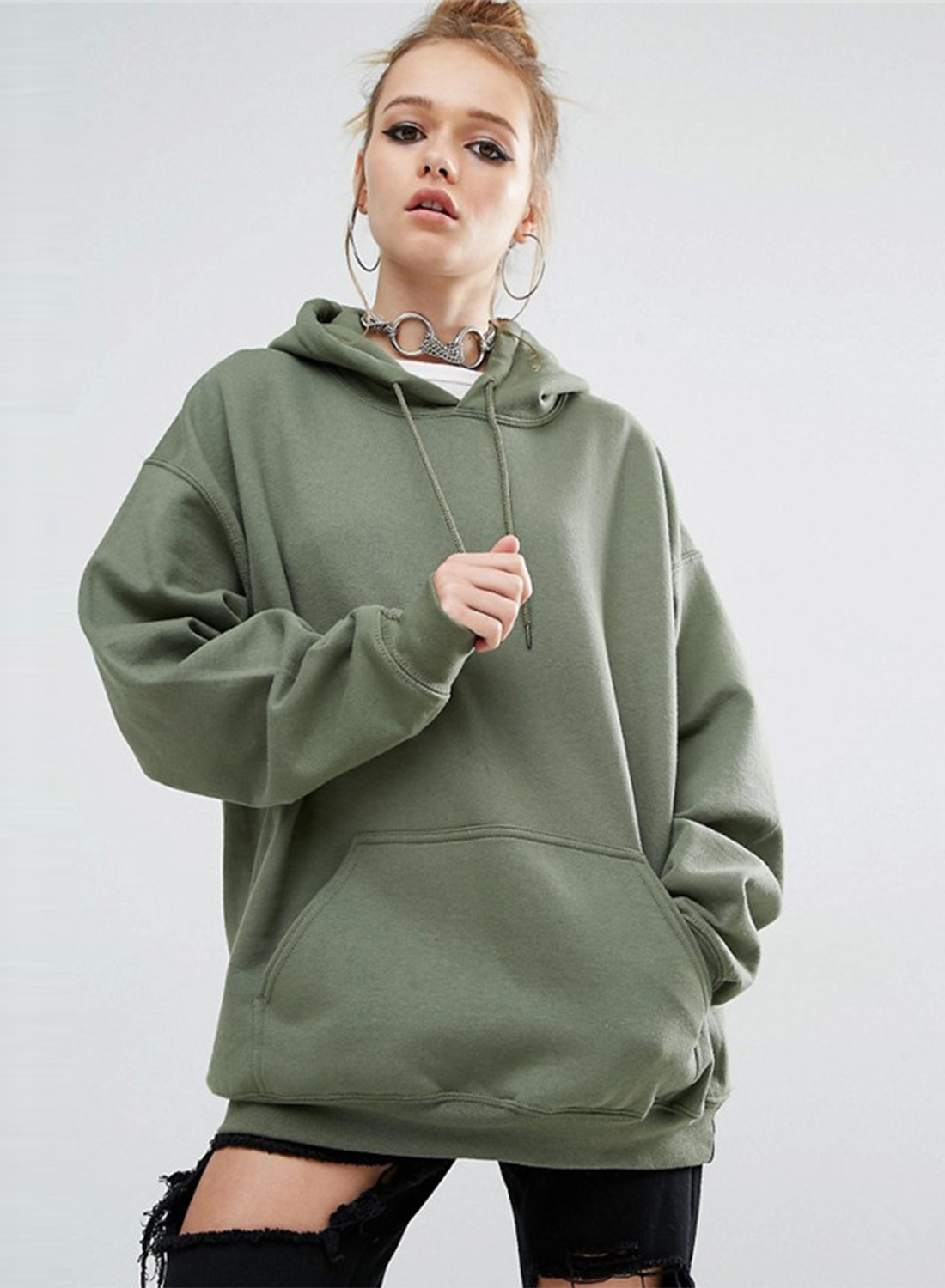Sweatshirts are long-sleeved, pullover tops that are composed of thick cotton. They are typically used for casual wear and are not as dressy as sweater s or cardigans. They might not come with the or hood. If you are interested in purchasing a sweatshirt here are a few tips:
The Norma Kamali brand spread the appeal of sweatshirts

Since the late '70s in the late '70s, Norma Kamali has been turning the humble sweatshirt into a work of art. Her designs are now an essential part of all women's wardrobes. Her unique designs range from a tummy-tucking crew neck , to leather paneled sweatshirts. Her clothing is also designed with unique shapes, such as a tank top with an oversized trumpet skirt.
A partnership of the designers and sweatshirt manufacturer Everlast led to her Timeless collection, which became hugely popular when it appeared in the spring catalog of Spiegel. The collection featured knits that were convertible and interchangeable with classic designs and a lot of items were priced below $20. Even the Kamali's Timeless collection was not available in stores, fans were able to find the items on eBay or Poshmark.
Merino wool sweatshirts feel more comfortable than sweatshirts made of soft wool.
Merino wool is known for its ability to wick moisture away that help keep you dry and comfortable. This is a naturally-occurring fibre that has a softer feel. The fabric also dries quickly in comparison to other natural substances. Additionally, sweat shirts is a sustainable resource. The merino sheep shed coats each year and grow new ones.
The warmth-to-weight ratio of merino wool makes it an ideal material for sweatshirts. It assists in regulating body temperature due to its loft that naturally retains heat between the fibers. This is why Merino wool sweatshirts are perfect for summer as well as outdoor activities like hiking, mountain biking, and running. The warmth it provides ensures that the wearer stays well-hydrated and cool, something that is important for working out.
Zip-front hoodies feature kangaroo pockets.
Kangaroo pocket Hoodies are a very popular type of hoodie. These hoodies feature a huge pocket in the front, which keeps your hands warm on cold days. They're also more practical than traditional pockets as they allow your hands to slide in and out easily.
Kangaroo pockets are usually large enough to fit a wallet or some other small items for personal use. They're typically long enough to fit a small hand and are large enough to accommodate two hands. They feature wide openings on either side and make them ideal for carrying small items.
French terry fabric is a popular fabric for sweatshirts
The French Terry fabric is constructed of soft yarns that are knit into loops and are usually midweight. It is also renowned because of its capacity to absorb moisture and is pre-shrunk. French terry is a great option for sweatshirts as it keeps you warm when you require it and keeps you cool when you need to cool down.
French terry is also popular for loungewear, since it is stretchy enough and has enough flexibility to feel comfortable when you touch your body. The original source allows air to circulate throughout the fabric, which makes it perfect for layering under other clothes. In addition, because it is lighter than other sweatshirts, you can wear it throughout the year without feeling warm or cold.
Hoodies have classist connotations
Although it might appear that hoodies are an appropriate attire item for working class people but the truth is that they have a classist connotation. The hooded garment was popular in the late 70s New York, where graffiti artists would wear them to conceal their identities. In 1976 the hoodies made their big debut in the film "Rocky," when the working-class title character wore gray sweats that were hooded during his memorable climb to the top of the steps of the Philadelphia Museum of Art.
Hoodies are often associated with death, destruction and other unpleasant items, yet they also serve practical purposes. For example, monks and priests can wear hoods to demonstrate modesty and inward focus.
